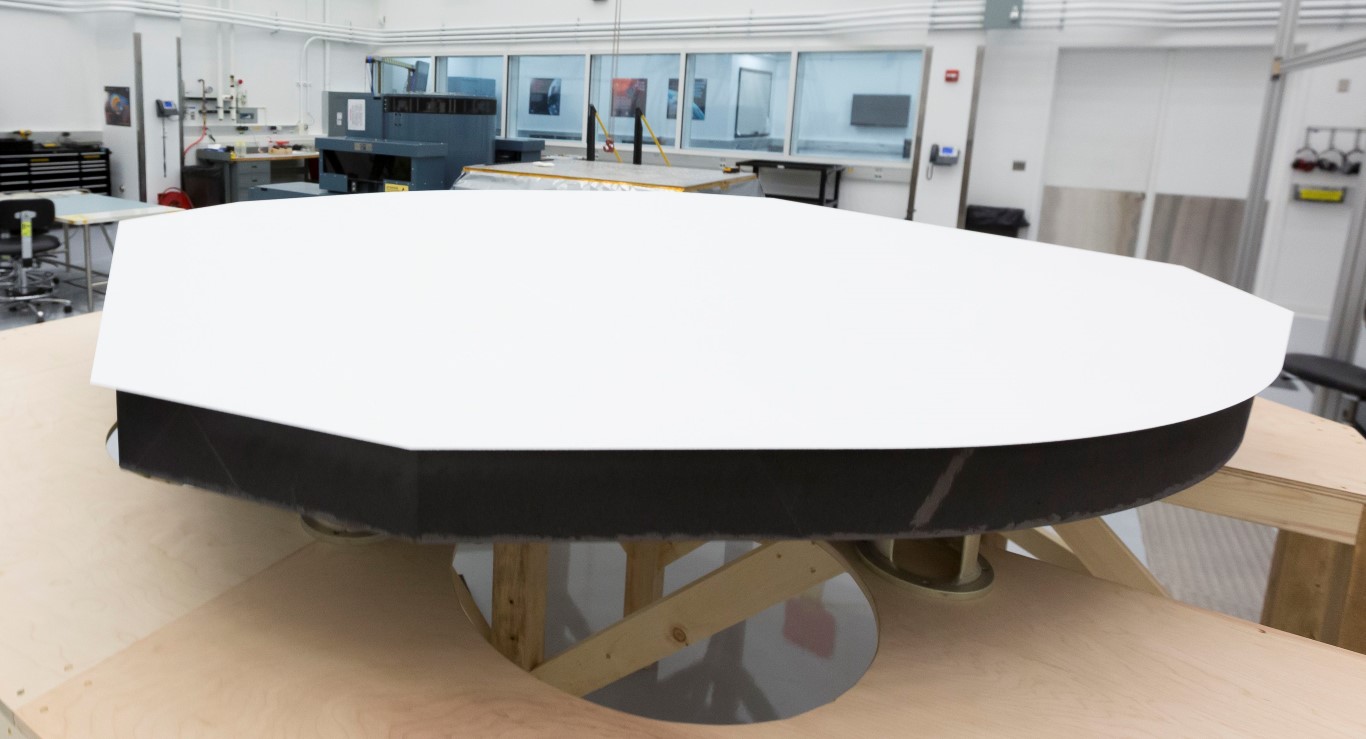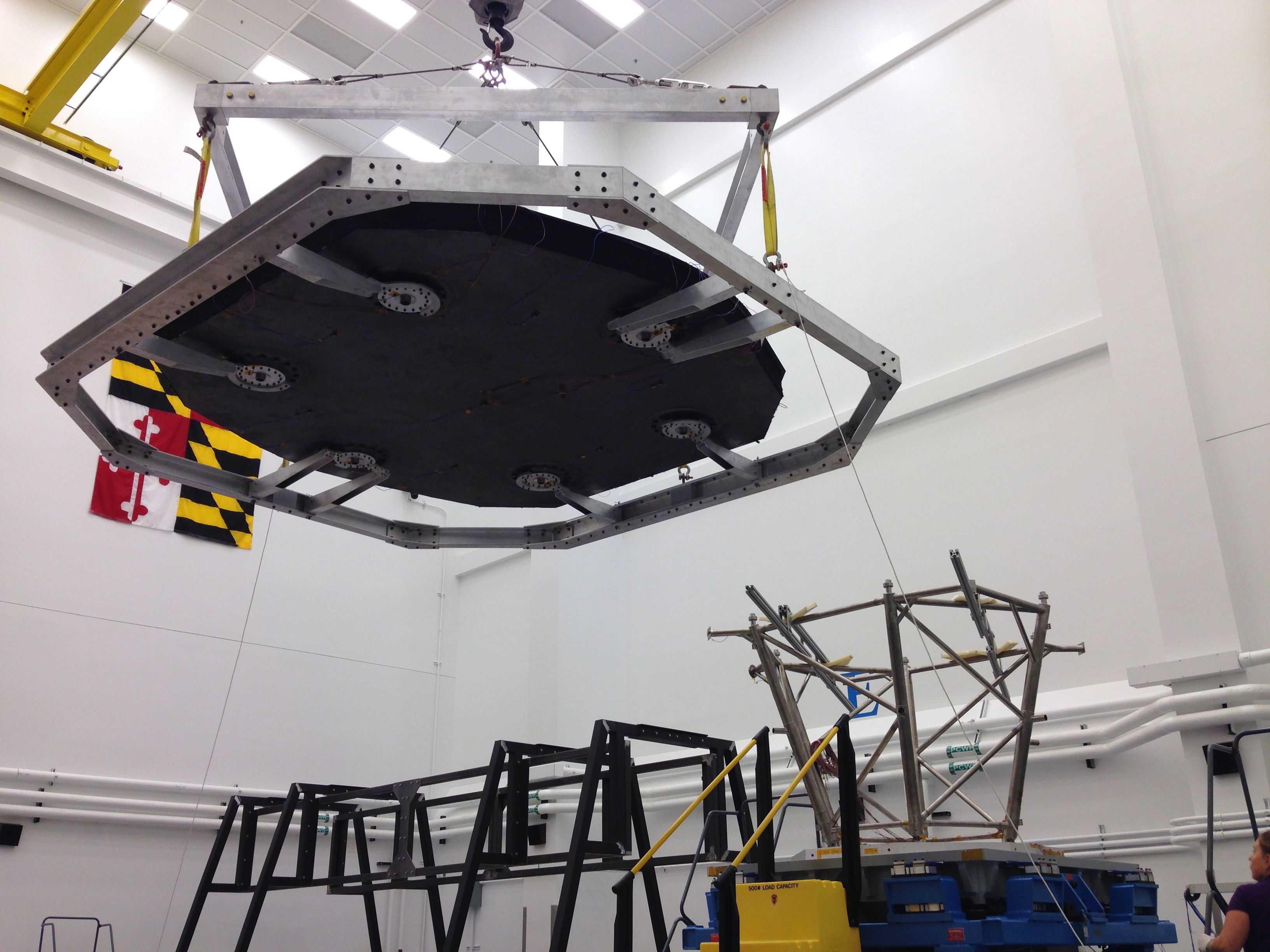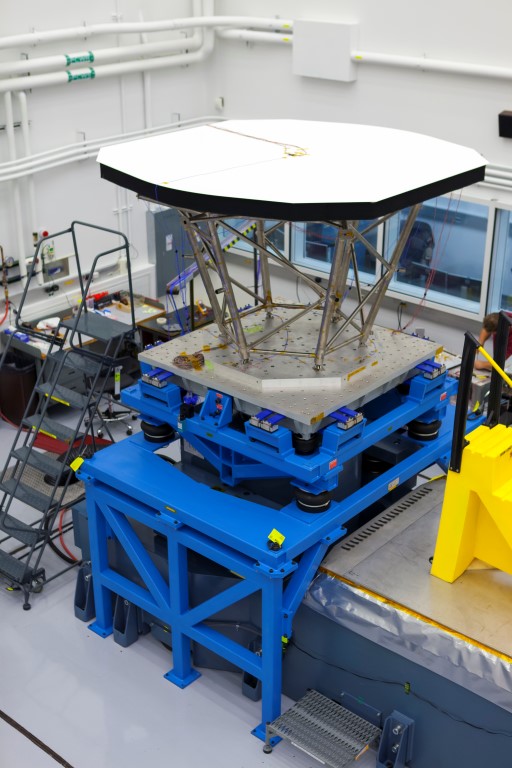Parker Solar Probe Heat Shield
NASA’s Parker Solar Probe will revolutionize our understanding of the sun
The Parker Solar Probe will swoop to within 4 million miles of the sun’s surface, facing heat and radiation like no spacecraft before it. The Parker Solar Probe will provide new data on solar activity and make critical contributions to our ability to forecast major space-weather events that impact life on Earth.
How We Helped
A 4.5-inch thick, eight-foot diameter heat shield protects the Parker Solar Probe and its instruments against the intense heat and energy, and hypervelocity dust particles of the Sun’s outer atmosphere, the corona, through which the spacecraft will fly on a mission of extreme exploration.
The heat shield consists of a layer of Ultramet’s carbon foam sandwiched between two layers of a carbon composite, and a special outer coating. While the probe orbits the sun, the front of the shield is expected to reach 2500 degrees Fahrenheit; its back side will be a comparatively frosty 600 degrees Fahrenheit.
Throwing Some Serious Shade
“We found out the heat shield works so well that we had to put some of the heaters on for the instruments, even at closest approach. So well done to the heat shield.”
– Nicky Fox, director of NASA’s heliophysics division, discussing the performance of the Parker Solar Probe spacecraft during its first close approach to the sun last month at a meeting of the Heliophysics Advisory Committee Tuesday in Washington.



